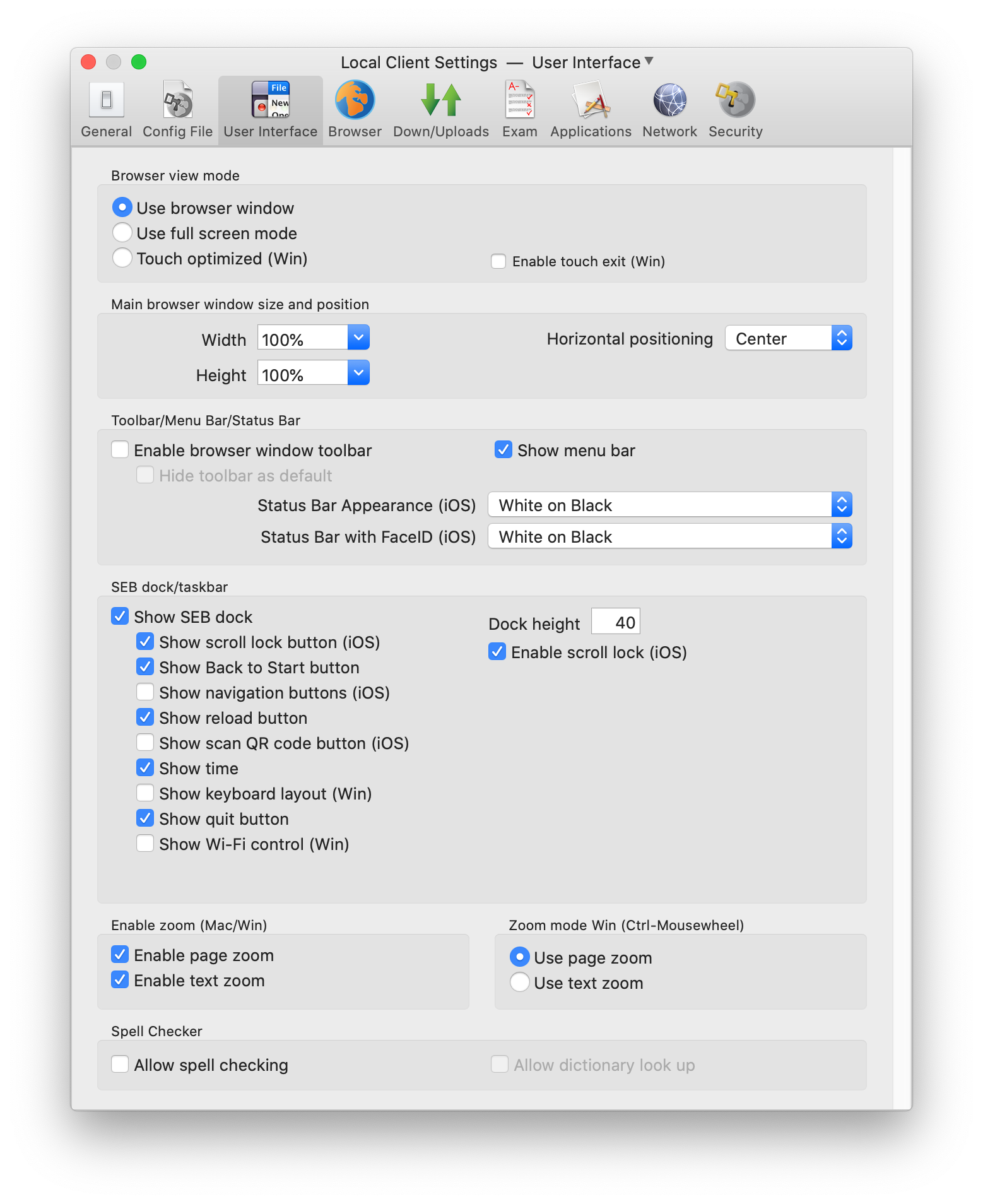

- #Mac command key to close a window how to
- #Mac command key to close a window mac os x
- #Mac command key to close a window mac
In protractor, find the body element and "send keys" to it: var body = element(by.tagName("body")) īody.sendKeys((, "t"))īody.sendKeys((, "w")) A common approach to open or close a tab (although not quite reliable) is to invoke browser shortcuts for Chrome: During his tight schedule, Jignesh finds some moments of respite to share side-splitting contents on social media.First of all, selenium does not provide a reliable cross-browser API to work with browser tabs. For example, on Windows, you can use Control + C to copy. For instance, we can’t use Ctrl+C and Ctrl+V keys to perform copy and paste operations. Even though the Control (Ctrl) key is very much present it can’t be used like in Windows.
#Mac command key to close a window mac
Every Windows command that uses Control is executed with the Command key on a Mac. As you likely know, on a Mac keyboard, Option and Command keys are present where Windows and Alt keys on a standard Windows keyboard. Jignesh Padhiyar is the co-founder of who has a keen eye for news, rumors and all the unusual stuff that happens around Apple products. The above arrangement makes sense from the name point of view but on macOS, the Command key is the more important modifier key. The method didn’t work for apps like Microsoft Word in Yosemite so the implementation seems to be specific to some apps.ĭo share your feedback with us in the comment, on Facebook, Twitter, and Google Plus. Important: This article is only for US Chromebook users with a standard English QWERTY keyboard. To find shortcuts on this page, press Ctrl + f and enter what you want to find. By default, browsers only ask you when you try to close multiple tabs so even this feature won’t save data. You can use keyboard shortcuts to complete some tasks more quickly. For instance, if you’ve got multiple websites open in different windows of Chrome, closing all windows will lose all the open data. You should remember that this method will close windows, which means all unsaved work will be lost. But in Safari, when you have multiple windows/instances open, you will notice that Close All Windows shows up even without pressing the Alt/Option key. While in Finder, or Chrome the default option is Close and the Close All (or Close All Windows) option shows only when you press Alt/Option.
#Mac command key to close a window mac os x
This keyboard shortcut for Minimize is available in Mac OS X and may also be available with other versions of Mac OS. Minimize is a global Mac keyboard shortcut that should work with all apps. There is one interesting exception to this though. The Mac keyboard shortcut command M will perform the Minimize action and the front window to the Dock. But I realize, of late, that this tip will be helpful for those working their mice a lot (I’m thinking digital artists). Being a keyboard-shortcuts guy, I’ve wondered if this one helps. Click on Close All and all the windows will be quit/closed.

You should notice that the Close option changes to Close All. Now, press the Option/Alt key on your Mac keyboard. With the app/Finder open, click on File from the top menu. Note that this method works for all Finder Windows or multiple instances/windows of other apps (including browsers etc).

#Mac command key to close a window how to
How to Close all Windows in Mac App with Keystroke+Click If you’re not the three-key-shortcut type, you’ll want to check out how to close all windows of a Mac app (including Finder) with this keystroke + click. But when you do and you want to close them all at once, you have two options.
It may not be often that you find your Mac with many open Finder windows or multiple windows of Safari or any other app. How to force an app to close on your iPhone, iPad, or iPod touch. You can even force the Finder to quit, if it stops responding: Select Finder in the Force Quit window, then click Relaunch. Then select the app in the Force Quit window and click Force Quit. (This is similar to pressing Control-Alt-Delete on a PC.) Or choose Force Quit from the Apple menu in the upper-left corner of your screen. Press these three keys together: Option, Command, and Esc (Escape). This shows all running apps, and lets you force-quit them if necessary - just highlight the app and click Force Quit. Press Cmd + Alt + Escape to see the Force Quit Applications menu. If the app doesn't quit, follow these steps to force the app to quit. To quit (close) a Mac app normally, choose Quit from the app's menu in the menu bar, or press Command (⌘)-Q.


 0 kommentar(er)
0 kommentar(er)
